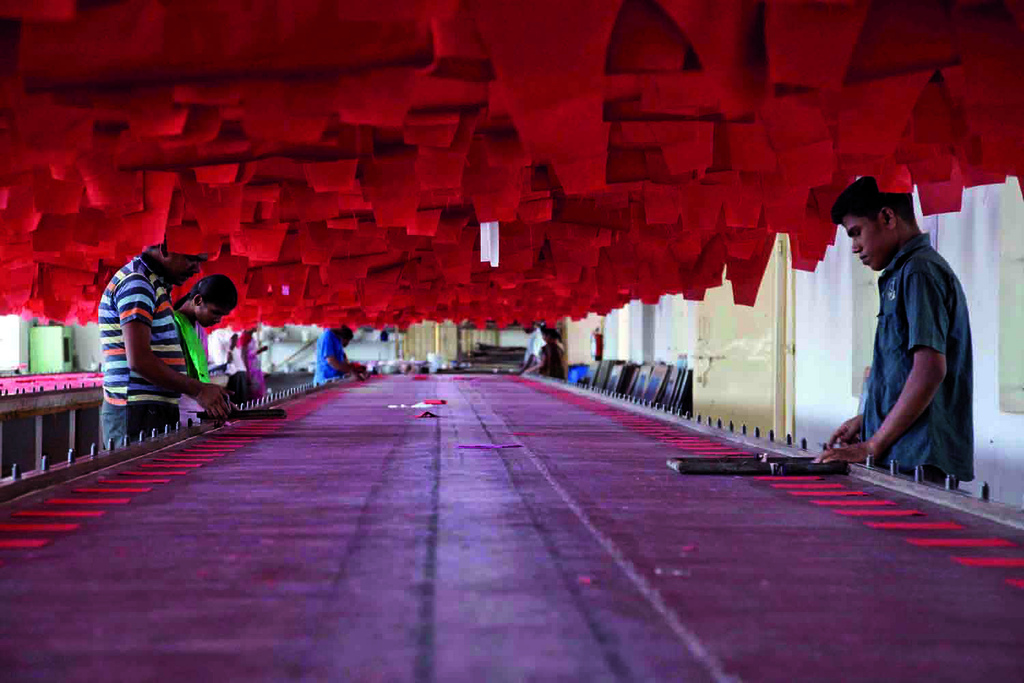
India has a new Index of Industrial Production (IIP). It is bigger and according to economists who track such things, it is better than the previous one. The IIP basically gives growth estimates of three sectors-manufacturing, mining and electricity. The manufacturing sector forms more than three-fourths of the IIP.
The base year for the new IIP has been changed to 2011-2012 from the earlier 2004-2005. This has been done to capture the changes in the industrial sector that have happened over a period of time and “to also align it with the base year of other macroeconomic indicators like the Gross Domestic Product (GDP), Wholesale Price Index (WPI)”.
Like any other index, the IIP tracks various items that make for the manufacturing, mining and electricity sectors. These items need to be changed or relooked at from time to time in order to ensure that the IIP continues to maintain a representativeness of the manufacturing, mining and electricity sectors in particular and the industry as a whole in general.
The new IIP has a total of 809 items in the manufacturing sector. The earlier one had 620. While, the number of items which constitute the manufacturing part of IIP have gone up, 124 items have been removed as well. These include items like gutka, calculators and colour TV picture tubes. Items like cement clinkers, medical and surgical accessories, refined palm oil etc., have been added. Along similar lines, the electricity sector now includes data from the renewable energy sector as well.
Over and above this, there has been an increase in number of factories in panel for reporting data and closed ones have been removed. All in all, these steps have been taken in order to ensure that the new IIP is a better representation of industry than the old one was.
Given that, items that constitute IIP have change majorly, it is not surprising that the growth figures of IIP have changed as well. Take a look at Figure 1. It plots both the new IIP and the old IIP growth rates over the last half decade, April 2012 onwards.
Figure 1:
One look at Figure 1 is enough to tell us that the old IIP and new IIP are different beasts altogether, though both are very volatile. Now take at data from March 2013. As per the old IIP series, the growth was at 3.5 per cent. The new IIP series puts the growth at 15.1 per cent. That’s how different the old and the new IIP are.
In fact, as per the new IIP, the industrial growth stood at 3.3 per cent in 2014-2015, the last year of the Congress led UPA government. As per the old IIP the growth had stood at – 0.1 per cent. Hence, we can conclude that the state of the industry in the last year of the Congress government wasn’t as bad as it seemed at that point of time. It’s just that the old IIP may have no longer remained a good representation of the Indian industry.
In fact, the new IIP shows that industrial growth picked up in 2016-2017, the last financial year. The growth stood at 5.1 per cent. As per the old IIP the industrial growth was at 0.6 per cent, during the course of the year. What this also tells us is that the two IIPs are as different as chalk and cheese.
There is an interesting trend that the new IIP catches on to in the manufacturing sector. Manufacturing makes up for 77.6 per cent of the new IIP as against the 75.5 per cent in the old one. Take a look at Table 1.
Table 1: Manufacturing Growth
| Period | Manufacturing Growth(in %) |
|---|---|
| Dec 2012 to Mar 2013 | 9.4 |
| Dec 2013 to Mar 2014 | 3.7 |
| Dec 2014 to Mar 2015 | 3.2 |
| Dec 2015 to Mar 2016 | 4.9 |
| Dec 2016 to Mar 2017 | 1.6 |
Source: Centre for Monitoring Indian Economy.
The manufacturing growth between December 2016 and March 2017 stood at 1.6 per cent. This has been the slowest in comparison to the same period in previous years. Why is this the case? The one word answer to this is demonetisation. The Modi government announced demonetisation of Rs 500 and Rs 1,000 notes on November 8, 2016, and sent the economy into a tailspin. The interesting thing is that the average manufacturing growth between April 2016 and October 2016 had stood at 6.9 per cent. This signalled the revival of the manufacturing sector after having grown by around 3 per cent in 2015-2016 and 3.8 per cent in 2013-2014.
Demonetisation managed to scuttle that revival in this growth. Also, it is worth pointing out here that the IIP data is collected from “entities in the organised sector units registered under the Factories Act, 1948”. This means that the unorganised sector is not covered. And as I have often written in the past, the impact of demonetisation on the unorganised sector has been far greater.
Up until now, the government has refused to admit that demonetisation has had a negative impact on the economy (Subscription Required). I guess it’s time it looked at the new IIP numbers to realise the obvious.
(The column was originally published in Equitymaster on May 16, 2017)